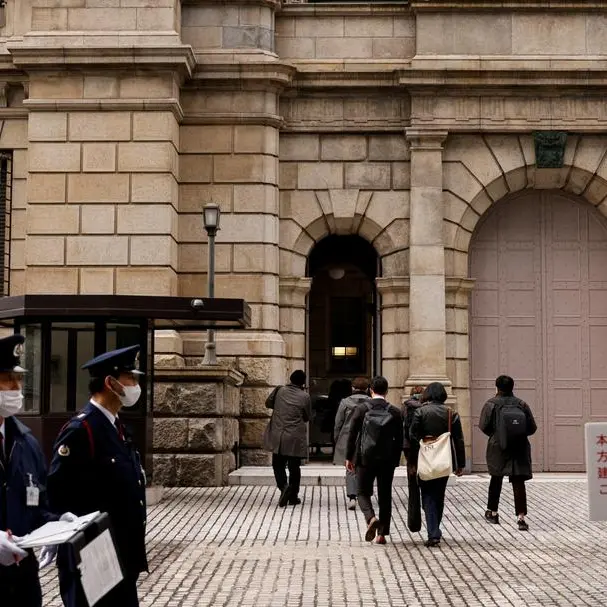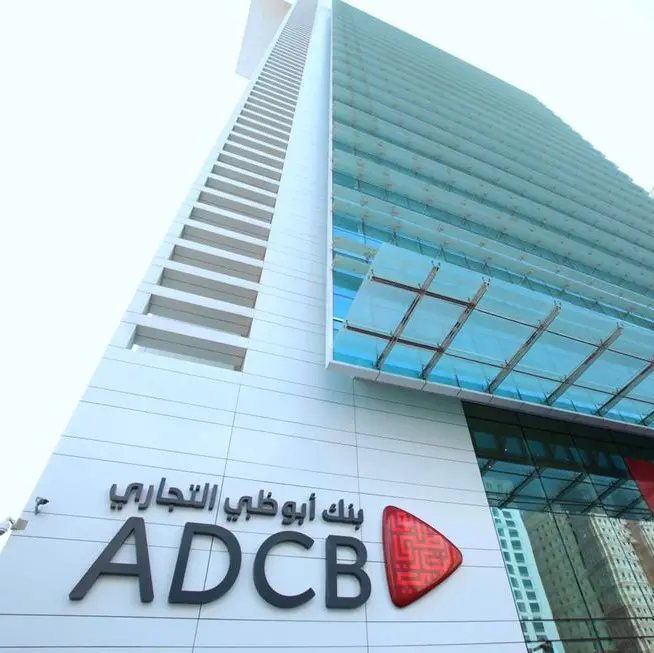PHOTO
German government bond yields fell on Tuesday after briefly hitting fresh multi-year highs, with some analysts arguing that markets have already priced in a lot in terms of the European Central Bank's monetary tightening.
A larger than expected rate hike in Australia coupled with a U.S. bond selloff overnight provided some earlier downside pressure on bond prices, which move inversely with yields.
Analysts still fear that the ECB might tighten aggressively, giving up on president Christine Lagarde's commitment to raise rates gradually as recession fears fade.
Investor morale in the euro zone rose more than expected in June, the first increase after Russia's invasion of Ukraine, a survey showed on Tuesday.
Germany's 10-year government bond yield was down 3 basis points (bps) to 1.291% after hitting a fresh 8-year high at 1.343%.
The 2-year and 5-year yields fell around 3-4 bps after hitting fresh 11-year and 9-year highs respectively at 0.697% and 1.079%.
Italy's 10-year bond yield was up 3.5 bps to 3.44% after hitting its highest since November 2018 at 3.55%.
The spread between Italian and German 10-year yields widened by 6.5 bps to 215, after tightening the day before as the Financial Times reported that a majority of the ECB’s general council is ready to support a proposal to create a tool to counter excessive widening of spreads.
According to Unicredit analysts, "a concrete step forward would be a key element in stabilizing the BTP-Bund spread at below the 200bp mark".
Money markets are currently pricing in around 130 bps of ECB rate hikes by year-end, which involves at least one 50 bps move in 2022.
"It is hard to imagine the statement and press conference pre-committing to hikes in July and September as members have done through less official channels," ING analysts said.
"This raises the risk of a knee-jerk drop in yields into and after the meeting, even if we think this move will be short-lived," they added.
Analysts expect the ECB to announce at its meeting on Thursday the end of its net asset purchases and to confirm that policy rate lift-off will start in July.
"The key piece of information we seek from this meeting is how aligned the monetary policy statement will be to the policy blog published on 23 May by Christine Lagarde," Citi analysts said in a research note.
Lagarde said last month she saw the ECB's deposit rate at zero or "slightly above" by the end of September.
"A high level of alignment would point to a gradual increase in rates and a more predictable policy. A lower level of alignment would point to a faster pace of rate hikes, but also a more erratic policy, with more fragmentation risk as a consequence," Citi analysts added.
(Reporting by Stefano Rebaudo, editing by Gareth Jones and Emelia Sithole-Matarise)












